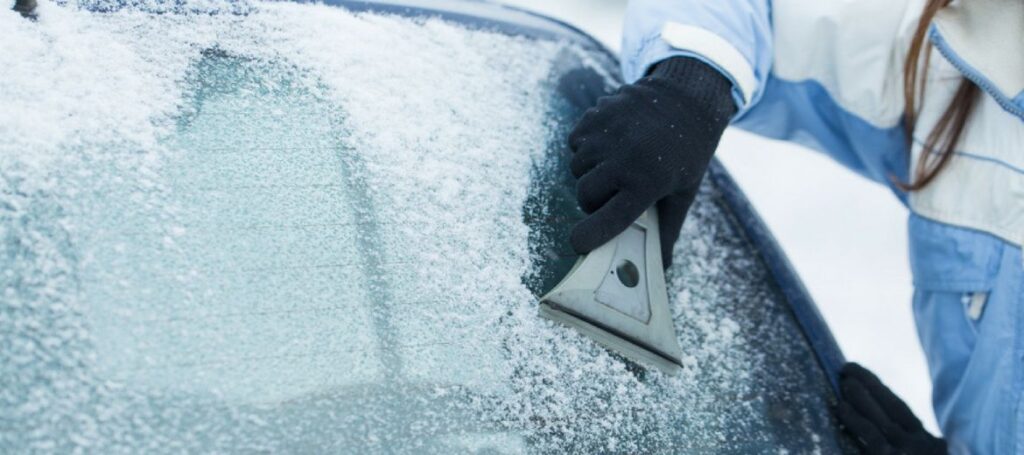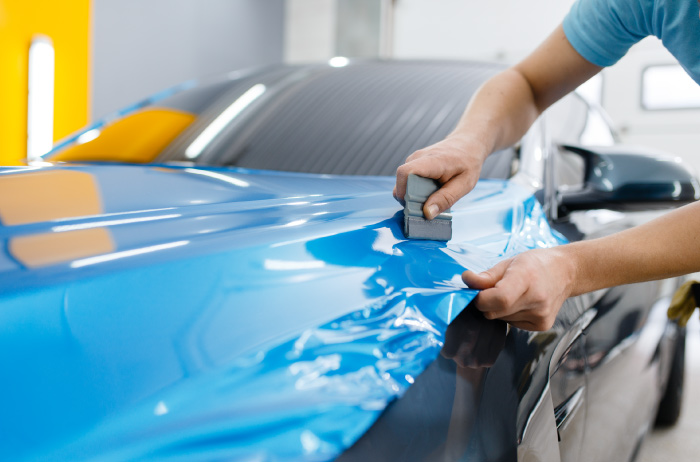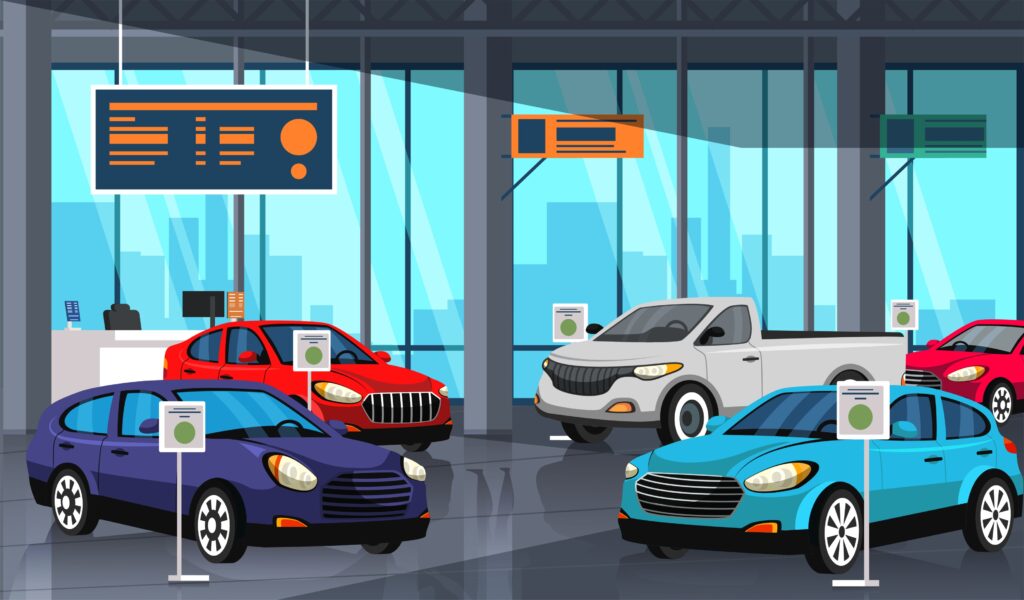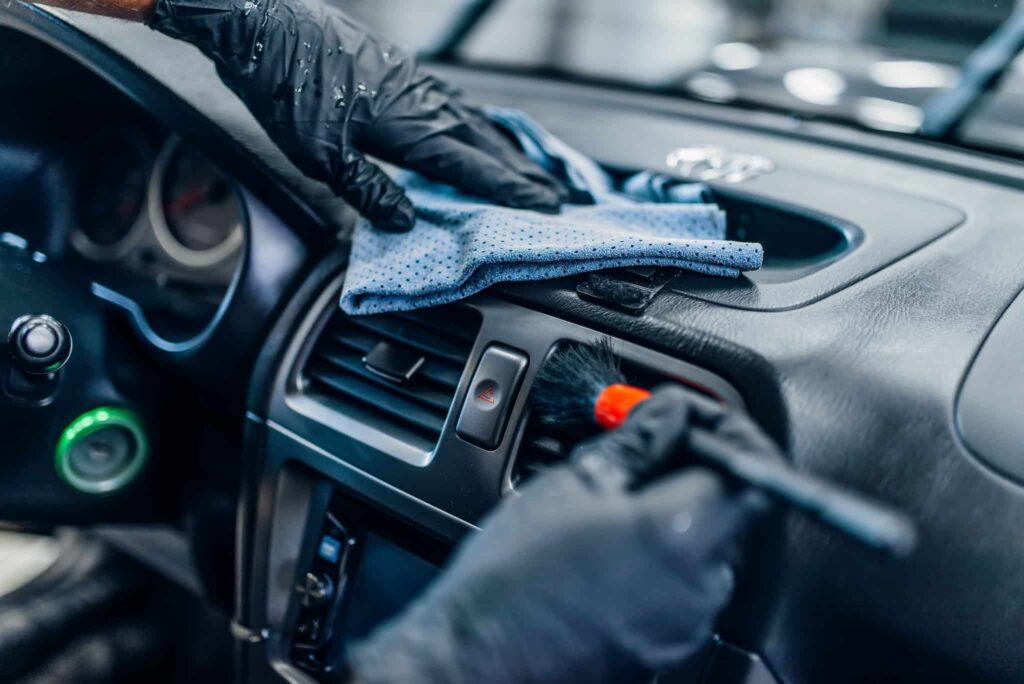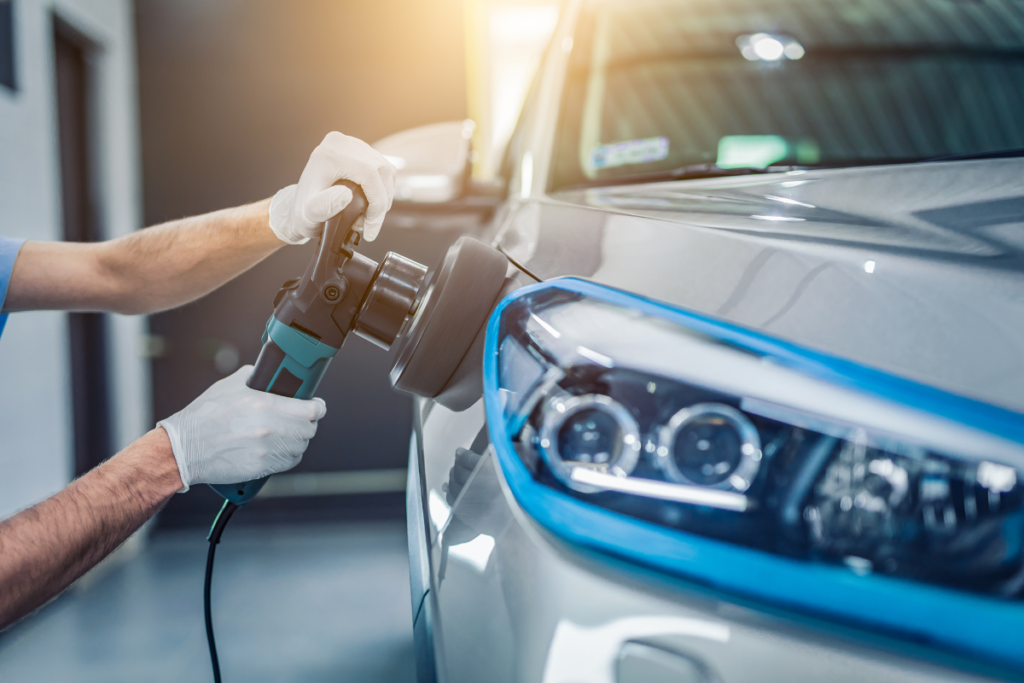Washing Your Car During Winter: Pro Tips for Maximum Effectiveness
Introduction Winter can be a challenging season for maintaining your car’s cleanliness and appearance. The combination of road salt, snow, and grime can take a toll on your vehicle’s exterior and interior. Regular car washes during winter are essential not only for aesthetic reasons but also for preserving the longevity and functionality of your car. This article provides top tips for washing your car during winter, ensuring it stays in optimal condition despite the harsh weather conditions. Preparation and Planning Choosing the Right Day and Time When washing your car during winter, timing is crucial. Aim to wash your car on a day when the temperature is above freezing (32°F or 0°C) to prevent water from freezing on your car’s surface and creating a hazardous situation. Milder winter days with temperatures slightly above freezing are ideal, as they allow water to evaporate and dry properly. If possible, wash your car during the warmest part of the day, typically between late morning and early afternoon. Avoid washing your car early in the morning or late in the evening when temperatures are likely to be at their lowest. Gathering Necessary Supplies Before you begin washing your car, gather all the necessary supplies to ensure a smooth and efficient process. Here’s a checklist of items you’ll need: Selecting the Right Cleaning Products Using the appropriate cleaning products during winter is essential for effectively removing dirt, grime, and road salt while protecting your car’s finish. Here’s a detailed look at the key products you should consider: Winter-Specific Car Wash Soaps Winter-specific car wash soaps are formulated to work efficiently in cold temperatures. These soaps contain special ingredients that help prevent water from freezing on your car’s surface, making the washing process easier and more effective. They also have enhanced cleaning properties to tackle the salt, sand, and other debris that accumulate on your vehicle during winter. Benefits: De-Icing Solutions De-icing solutions are crucial for addressing frozen locks, doors, and windows during the winter months. These products are designed to quickly melt ice and prevent it from reforming, ensuring that your car’s components function smoothly even in freezing conditions. Benefits: Tire and Wheel Cleaners Winter roads can be particularly harsh on your car’s wheels and tires, with salt and grime leading to corrosion and damage if not properly cleaned. Tire and wheel cleaners are specifically formulated to break down and remove these contaminants, ensuring your wheels and tires remain in good condition. Benefits: Pre-Wash Rinse Importance of Removing Loose Dirt and Salt Performing a pre-wash rinse is a crucial step in washing your car during winter. This initial rinse helps to remove loose dirt, road salt, and debris from your car’s surface. Here’s why it’s important: Best Practices for Rinsing in Cold Weather Rinsing your car in cold weather presents some unique challenges, such as preventing water from freezing and ensuring a thorough clean. Here are some best practices to follow: Washing Techniques Two-Bucket Method The two-bucket method is a popular and effective technique for washing your car that helps to minimize the risk of scratching the paint. This method involves using two separate buckets: one for soapy water and another for rinsing your wash mitt or sponge. Benefits: Using Warm Water Using warm water for washing your car in winter is highly beneficial. It enhances the cleaning power of the soap and helps to prevent water from freezing on your car’s surface. Benefits: Washing from Top to Bottom Washing your car from top to bottom is a strategic approach that helps to ensure a thorough and efficient clean. Benefits: Drying Your Car Drying your car properly after washing is crucial, especially during winter, to prevent ice formation and water spots. Here are some effective methods and tools to ensure your car dries thoroughly and safely. Proper Drying Methods to Prevent Ice Formation After washing your car in cold weather, it’s important to dry it quickly and efficiently to prevent any remaining water from freezing. Here are some key methods: Using Microfiber Towels or Air Blowers Two of the most effective tools for drying your car in winter are microfiber towels and air blowers. Each has its advantages and specific uses: Microfiber Towels: Microfiber towels are highly absorbent, soft, and gentle on your car’s paint, making them ideal for drying your car. Benefits: Air Blowers: Air blowers are an efficient way to remove water from hard-to-reach areas and can be especially useful in winter when you want to minimize direct contact with your car. Benefits: Protecting Your Car’s Exterior Protecting your car’s exterior is crucial during winter to shield it from harsh conditions like snow, ice, road salt, and grime. Two effective methods for safeguarding your vehicle’s paint and surface are applying wax or sealant and using a ceramic coating. Applying Wax or Sealant Applying wax or sealant creates a protective barrier on your car’s paint, helping to repel water, dirt, and contaminants. Benefits: Using a Ceramic Coating for Added Protection Ceramic coatings offer a higher level of protection compared to traditional waxes and sealants. They form a permanent or semi-permanent bond with the car’s paint, creating a hard, protective layer. Benefits: Maintaining the Interior Maintaining the interior of your car during winter is essential for comfort, aesthetics, and preserving the condition of your vehicle. Here’s how to effectively clean floor mats and upholstery, as well as the benefits of using dehumidifiers to prevent condensation. Using Dehumidifiers to Prevent Condensation Condensation inside your car during winter can lead to foggy windows, musty odors, and even mold growth. Dehumidifiers help to maintain optimal humidity levels inside your vehicle, reducing the likelihood of condensation. Benefits: Types of Dehumidifiers: Regular Maintenance Tips Checking and Maintaining Tire Pressure Maintaining proper tire pressure is crucial for safety, fuel efficiency, and prolonging tire life, especially during winter when temperature fluctuations can affect tire pressure. How to Check and Maintain: Safety Precautions Dressing Appropriately for Cold Weather When preparing to drive in winter conditions, dressing appropriately can ensure comfort and safety.

